According to the World Health Organization (WHO), increasing tobacco taxes and prices is an important solution, contributing about 60% of the effectiveness in reducing tobacco use. WHO estimates that when taxes are increased to increase prices by 10%, consumption will decrease by about 4%-5%. In particular, it can reduce up to 10% or more among children and the poor.
Tax increase experience of Thailand and Philippines
In Thailand , this country applies tobacco tax as a percentage of the wholesale price (different from Vietnam's tax which is a percentage of the factory price). From 1993 to 2017, the Thai government increased the tax 11 times (on average every 2 years) from 55% to 90% of the wholesale price (equivalent to an increase from 120% to 700% if calculated on the factory price as Vietnam calculates the tax).
Since 2018, Thailand has been applying a mixed tax system with tax rates divided into two groups.
High tobacco taxes and continuous tax increases have brought about very positive results, the smoking rate among adults nationwide has decreased from 32% (in 1991) to 17.4% (in 2021). At the same time, Thailand's tobacco tax revenue has increased more than 4 times, from 500 million USD (in 1993) to 2.1 billion USD (in 2021).
In the Philippines , the country applies excise tax on tobacco under a specific tax system. This is a country that has successfully implemented tobacco tax increases, helping to reduce smoking rates by 30% and increase tax revenue by more than 400%.
Before 2012, the tax system applied to 4 product groups with different tax rates ranging from 2.72 pesos to 28.3 pesos per pack of cigarettes, depending on the selling price of the product. From 2013 to 2017, the Philippines increased the tax rate steadily over the years. By 2017, only a general tax rate of 30 pesos per pack of cigarettes (about 0.75 USD) was applied. From 2018 to 2023, the tax rate continued to increase steadily each year, reaching 60 pesos per pack (~1 USD/pack) in 2023. After 2023, the tax rate continued to increase by 5% each year.
Compared to 2012, special consumption tax on premium cigarettes increased by 110% and on regular cigarettes increased by more than 700%.
The notable benefits of increasing tobacco taxes in the Philippines include: Domestic consumption decreased from 5.76 billion packs in 2012 to 4.97 billion packs in 2013. Average cigarette consumption per capita/year decreased from 1,304 cigarettes (2015) to 874 cigarettes (2020).
According to the GATS survey in the Philippines in 2009 and 2021, the smoking rate among Filipino adults decreased from 27% in 2009 to 19.5% in 2021.
Notably, excise tax revenue has increased sharply from $680 million in 2012 to $2.9 billion in 2022 (a fourfold increase). Most of the increased revenue from tobacco tax revenue is spent on health, mainly on the national health insurance program. The number of poor families covered by the National Health Insurance Program increased from 5.2 million in 2012 to 15.3 million in 2015.
What direction for the scenario of increasing tobacco tax in Vietnam?
Experience in Thailand and the Philippines shows that when taxes are increased, consumption decreases, smoking rates decrease, but government tax revenues still increase. When comparing tax rates, consumption, and tax revenues in Thailand, the Philippines, and Vietnam, it can be seen that there is a large loss in tax revenue due to low tobacco taxes in Vietnam.
Specifically, the cigarette consumption in Thailand is less than half of that in Vietnam (1.7 billion packs compared to 4.2 billion packs), but the tax revenue from cigarettes is three times higher (2.1 billion USD compared to 767 million USD). Similarly, the cigarette consumption in the Philippines is significantly lower than that in Vietnam (3.35 billion packs compared to 4.2 billion packs), but the tax revenue is also more than four times higher (2.9 billion USD compared to 767 million USD).
This shows that Vietnam's tax rate is still very low and if taxes are increased, budget revenue will increase significantly.
|
Comparison of tax rates, output and tax collection of Thailand, Philippines and Vietnam in 2021. |
From the results of the analysis of the benefits of increasing tobacco taxes and the practical experience of tobacco tax reform in countries, it shows that increasing tobacco taxes is a “win-win” policy because it is both effective in reducing consumption and generating revenue for the state budget. Overall, increasing tobacco taxes brings benefits to the whole society in terms of both health and economy .
However, for tax policy to be effective, it is necessary to increase tax rates sharply and continuously, as experienced by the Philippines, Thailand, etc.
Compared to the domestic reality in recent years, if the tax is increased only once and at a low level, consumption will only decrease in the short term and then increase again. Therefore, the tobacco tax must increase steadily over the years to ensure that it keeps up with income growth and inflation.
Not only that, compared to other countries, the current tobacco tax rate in Vietnam is still very low (36% of retail price, 2022), lower than the average rate of countries with the same income level (59%) and only half that of most ASEAN countries (Thailand 78.6%, Philippines 71.3%, Singapore 67.5%, Indonesia 62.3%) while according to the recommendations of the World Health Organization and the World Bank, the ratio of tobacco tax to retail price must reach 75% or more to really have an impact on reducing consumption.
Therefore, Vietnam needs to have a policy of increasing tobacco taxes sharply and continuously over the years to achieve the dual goal of increasing tax revenue from tobacco while reducing tobacco consumption in the community.
To ensure the achievement of the goal of reducing tobacco use according to the National Strategy on Tobacco Harm Prevention by 2030 approved by the Prime Minister, the Ministry of Health and WHO recommend adding an absolute tax on tobacco products at a rate of at least VND5,000/pack by 2026 and gradually increasing to VND15,000/pack by 2030, in addition to the current tax rate of 75%.
Source: https://baophapluat.vn/hieu-qua-tu-chinh-sach-thue-thuoc-la-o-thai-lan-va-philippines-huong-di-nao-cho-viet-nam-post548132.html




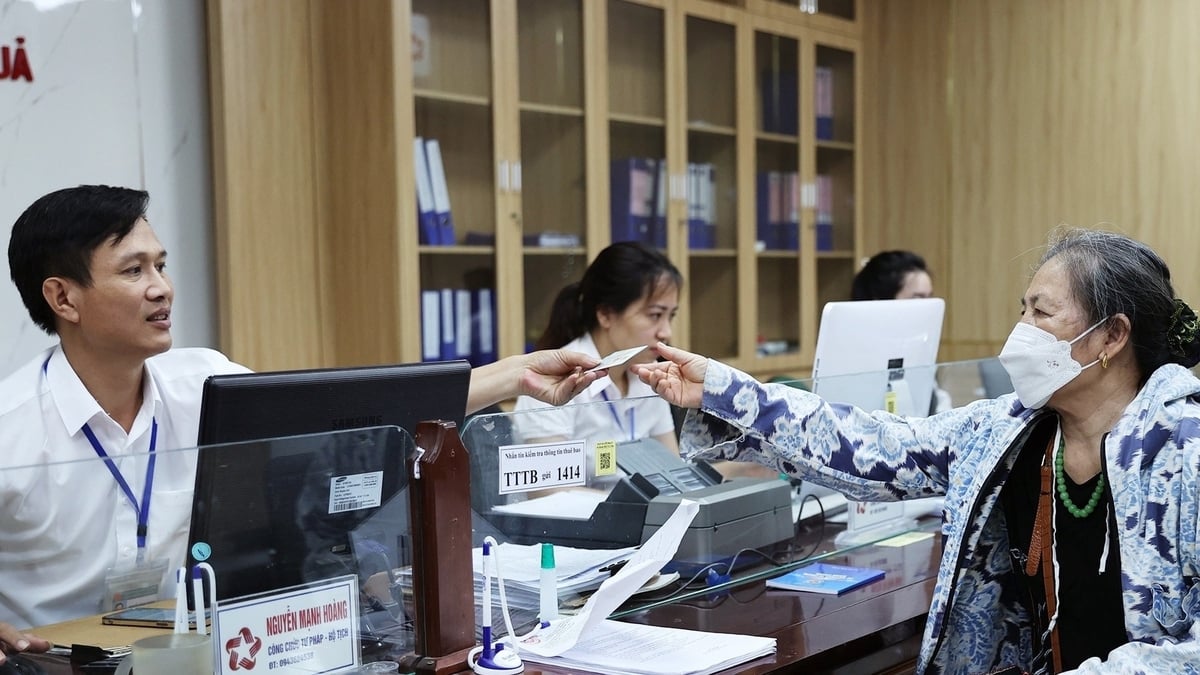
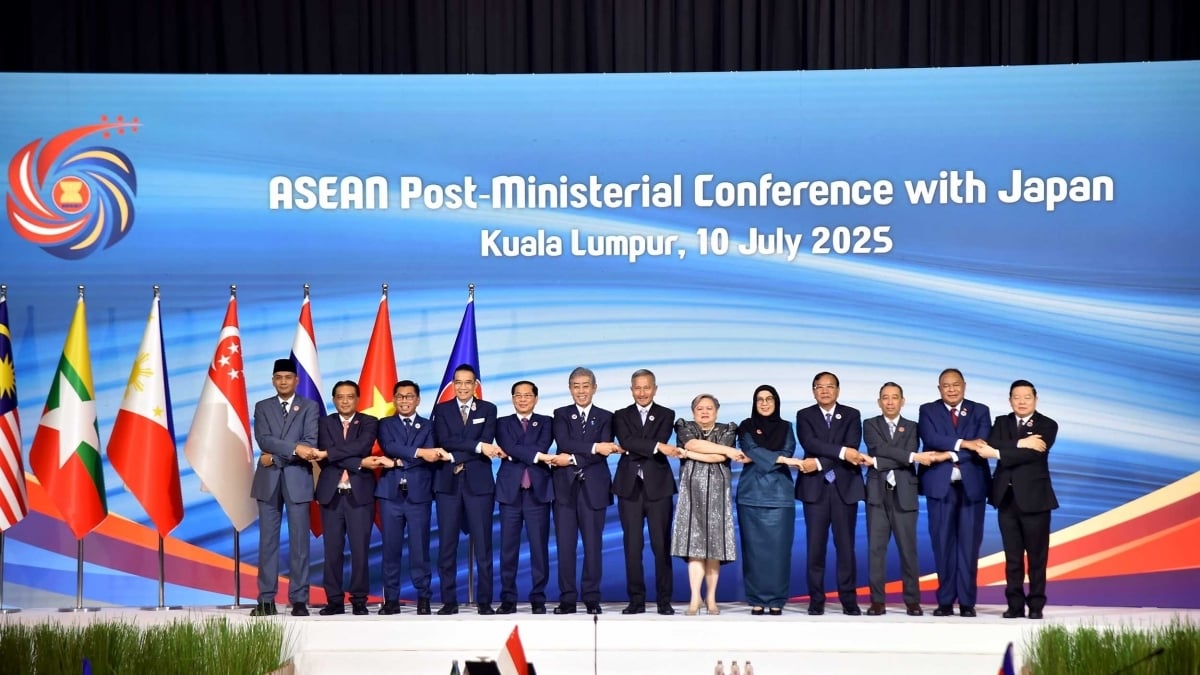

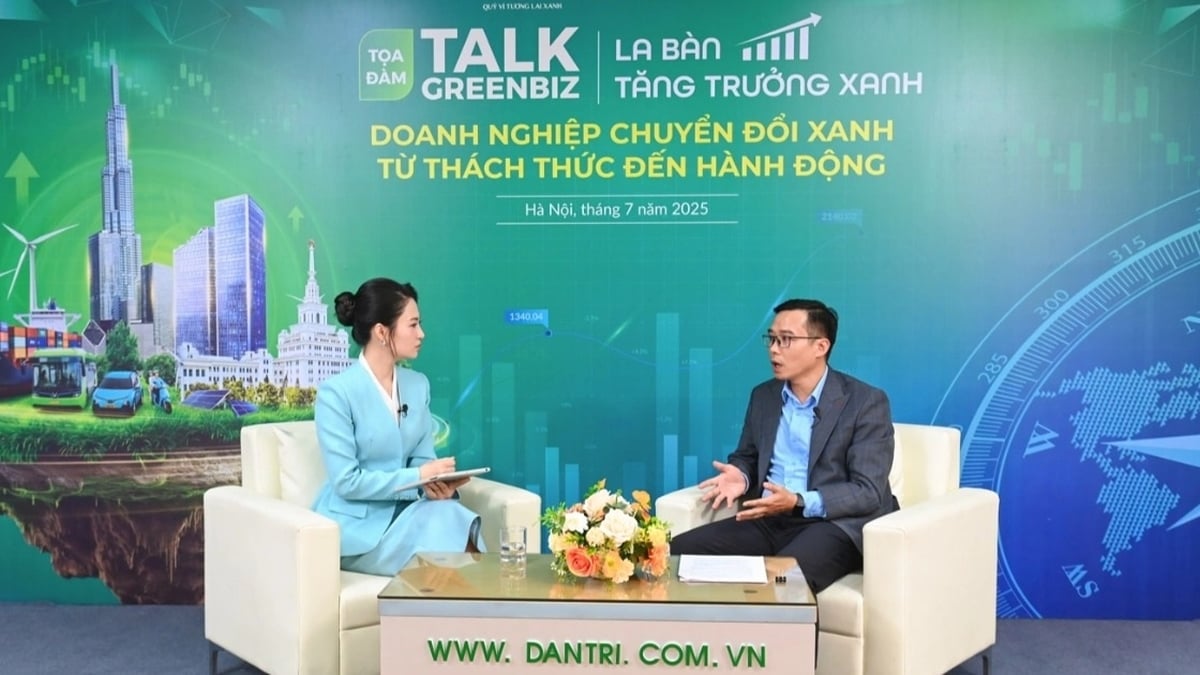
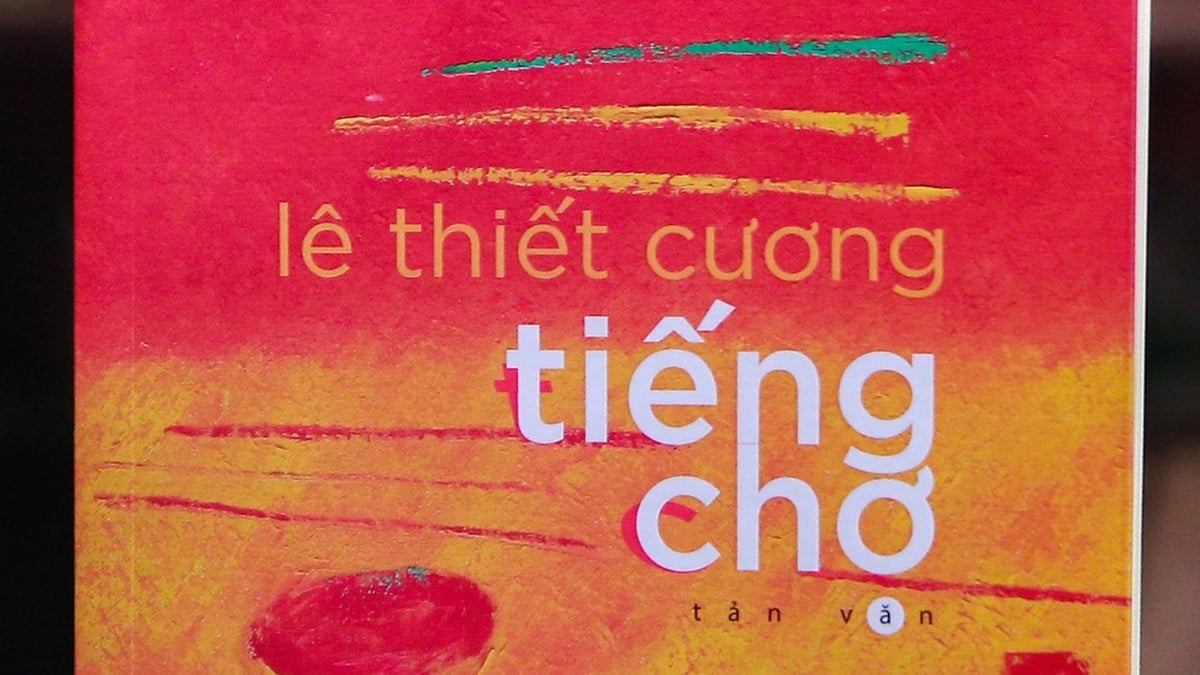

















![[Photo] National Assembly Chairman attends the seminar "Building and operating an international financial center and recommendations for Vietnam"](https://vphoto.vietnam.vn/thumb/1200x675/vietnam/resource/IMAGE/2025/7/28/76393436936e457db31ec84433289f72)










































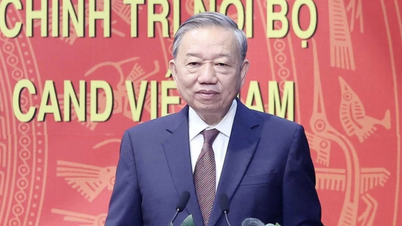

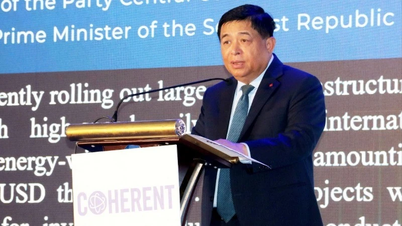





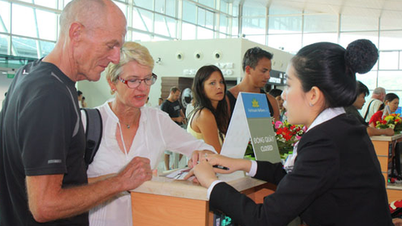

























Comment (0)